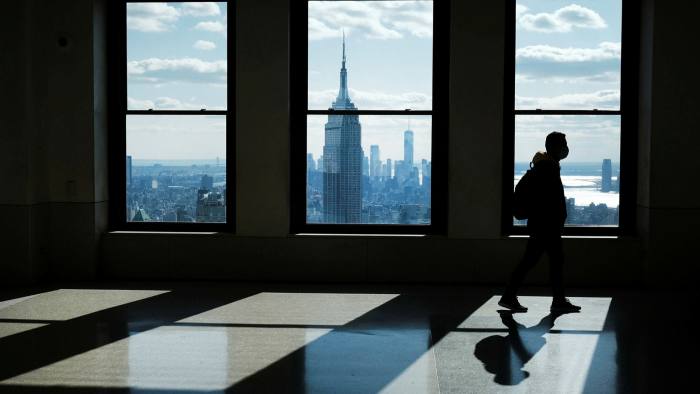My firm represents tenants, but we also recognize the essential role that landlords play in the smooth functioning of the commercial office ecosystem. Healthy landlords are essential so that tenants can receive high quality services in their buildings.
There is no crisis at One Vanderbilt or Hudson Yards. However, for all but the top-class buildings, the specter of expiring leases without replacement tenants looms as we are heading into a period of higher interest rates and potential recession combined with reduced office demand from hybrid work. Of course, this is totally unfair to landlords, who are doing their best to adapt to extraordinarily difficult market conditions that are no fault of their own.
Indeed, a very detailed joint study by the NYU and Columbia business schools entitled “Work from Home in the Office Real Estate Apocalypse” recently projected that the office buildings in the United States will lose $500 billion in aggregate value. Closer to home, the study predicted that office buildings in New York City which had a pre-pandemic value of $175 billion could drop by $49 billion or 28% over the next seven (7) years. As a result, the Commercial Observer commented that “non-trophy offices in particular could become a stranded asset as remote work trends take their toll, making conversions seem increasingly inevitable”.
We have already forecast a long-term bear market in office rents in all but the trophy properties due to the inexorable march toward hybrid work. However, with low interest rates and tenants paying rent for offices that are not full, and patient lenders kicking the can down the road, disaster has been avoided and default rates have been in the 1 to 2% range.
Unfortunately, with the recent 75 basis point interest rate hike by the Federal Reserve and more increases coming soon, that relatively benign landscape is likely to change.
To test the NYU/ Columbia hypothesis, let’s look under the hood a bit at real estate valuation. Those valuations begin by comparing the spread between the return on investment demanded from the property as compared to risk-free United States treasuries. As interest rates rise, investors demand higher returns from their properties. A major metric employed by commercial real estate investors is the capitalization rate, which is the net operating income divided by market value. Both components of the formula were falling even before the Fed raised interest rates. That is because operating income was falling due to lower rent collection and higher costs. Valuations were also falling for the same reasons.
Severe headwinds were already buffeting the real estate industry before the Federal Reserve began its inflation fighting campaign. When higher debt, construction, energy, and insurance costs are combined with lower rents, we have the makings of a deepening crisis. Of course, I recognize that interest rates go up and down. Business cycles come and go. However, these are different times. The real estate world has been turned upside down by Covid and remote work. Some sectors such as residential and industrial have held up well, while retail and office leasing are struggling with long-term structural changes.
In my view, these changes will cause a major reset and lead to more foreclosures, voluntary givebacks, and sales at lower valuations by owners and lenders who are not real estate operators and want to dispose of foreclosed properties. In addition, some buildings will be converted to alternative uses such as apartment buildings where there is sufficient demand and the conversion makes economic sense. For example, Silverstein Properties has agreed to pay $180 million to convert the office building at 55 Broad Street to apartments. However, as a recent Wall Street Journal article points out, there are many obstacles to conversion starting with the fundamental problem that office buildings built in the last 50 years tend to have large floors that don’t work well for living space. In any event, this new equilibrium will not occur overnight. Rather, it will evolve over many years, perhaps even a decade.
Thankfully, the apocalypse predicted by the NYU/Columbia study is definitely not “Apocalypse Now”. In the years to come, there will be twists in the plot and unexpected events which hopefully bring good news with the pandemic, inflation and otherwise. Energy prices, climate change and an unstable political situation are also major factors which will impact the economy. As a result, anyone who says they know the ultimate outcome of the movie is peering into a very murky crystal ball at best. Nevertheless, I will do my best to keep our clients and friends informed as this real-life drama plays out before our eyes. We just don’t know the ending yet.
Thank you,
Ruth Colp-Haber

